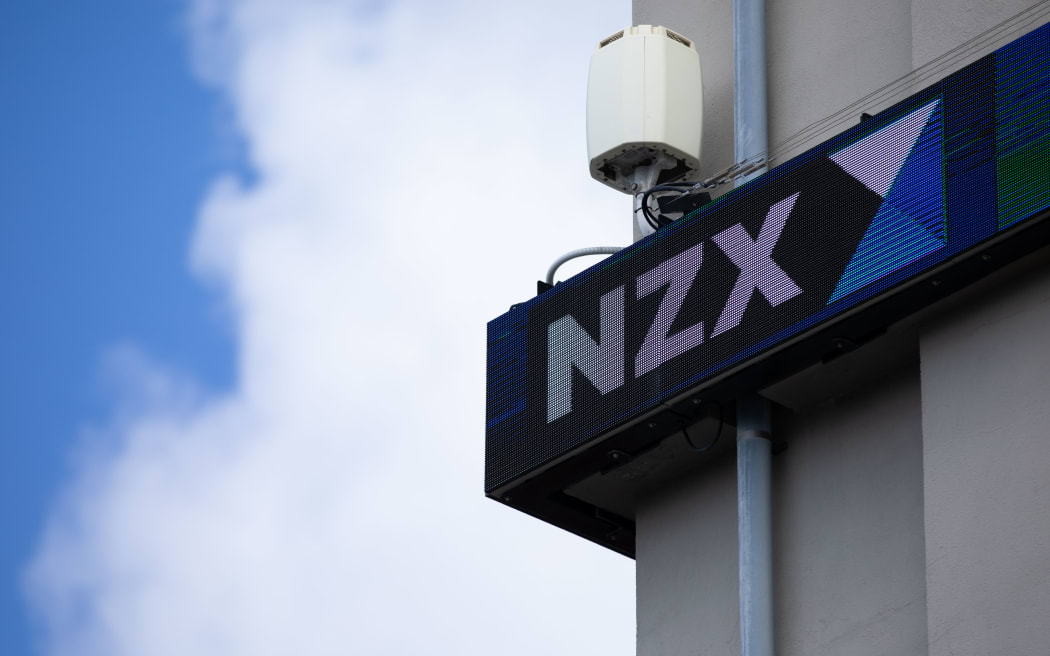In the vast realm of human expression, art stands as a testament to our creativity, emotions, and cultural identity. The pursuit of beauty and meaning finds its embodiment in the strokes of a painter’s brush, the chisel marks of a sculptor, and the intricate details of a photographer’s lens. Beyond mere decoration, art has become a form of investment, a tangible representation of the intangible value of creativity. This essay explores the timeless appeal of art for sale, delving into the reasons behind the growing interest in collecting and investing in artworks.
The Aesthetic Tapestry:
Art, in its myriad forms, weaves a rich tapestry that reflects the soul of humanity. From classical masterpieces to contemporary installations, each piece carries the imprint of its creator’s vision. The allure of art lies not only in its visual appeal but in its ability to evoke emotions, spark conversations, and challenge perceptions. Art for sale, it transcends the boundaries of the studio, entering the dynamic realm of commerce without losing its intrinsic value.
Investing in Beauty:
The notion of art as an investment has gained prominence over the years. Beyond the aesthetic pleasure it provides, art has proven to be a viable asset class for investors seeking diversification. Unlike traditional investments, artworks offer a unique combination of aesthetic and financial value. The rare and exceptional pieces often appreciate in value over time, making art acquisition a potentially lucrative venture.
Furthermore, the exclusivity of certain artworks adds a layer of prestige to their ownership. Owning an original piece by a renowned artist becomes not just a financial investment but a status symbol, a tangible mark of refined taste and cultural appreciation.
The Changing Dynamics of the Art Market:
The traditional art market, once confined to galleries and auction houses, has evolved in the digital age. Online platforms have democratized access to art, enabling a global audience to explore and purchase pieces from the comfort of their homes. This shift has not only broadened the reach of artists but has also transformed the dynamics of art investment.
Digital art, in particular, has emerged as a new frontier. NFTs (non-fungible tokens) have enabled artists to tokenize their creations, providing a secure and transparent way to establish ownership and provenance. This digital evolution has ushered in a new era where the boundaries between the physical and virtual art worlds are becoming increasingly blurred.
Challenges and Considerations:
While art for sale presents exciting opportunities, it is not without its challenges. The subjective nature of art valuation, for instance, poses a unique hurdle for investors. Unlike traditional assets with measurable financial indicators, the value of art is often influenced by subjective factors such as cultural relevance, artist reputation, and trends.
Additionally, the risk of forgeries and art market manipulation requires careful consideration. Investors must navigate the market with discernment, relying on expert appraisals and reputable platforms to ensure the authenticity and provenance of their acquisitions.
Conclusion:
In the realm of art for sale, the convergence of aesthetic appreciation and financial investment creates a unique space where creativity and commerce intersect. The allure of owning a piece of human expression, coupled with the potential for financial gain, makes art a captivating and dynamic asset class. As technology continues to reshape the art landscape, the journey of art as an investment unfolds, offering both challenges and opportunities for collectors and investors alike. In the end, the enduring appeal of art lies not just in its monetary value but in its ability to transcend time, resonating across generations and cultures as a testament to the beauty of the human spirit.












